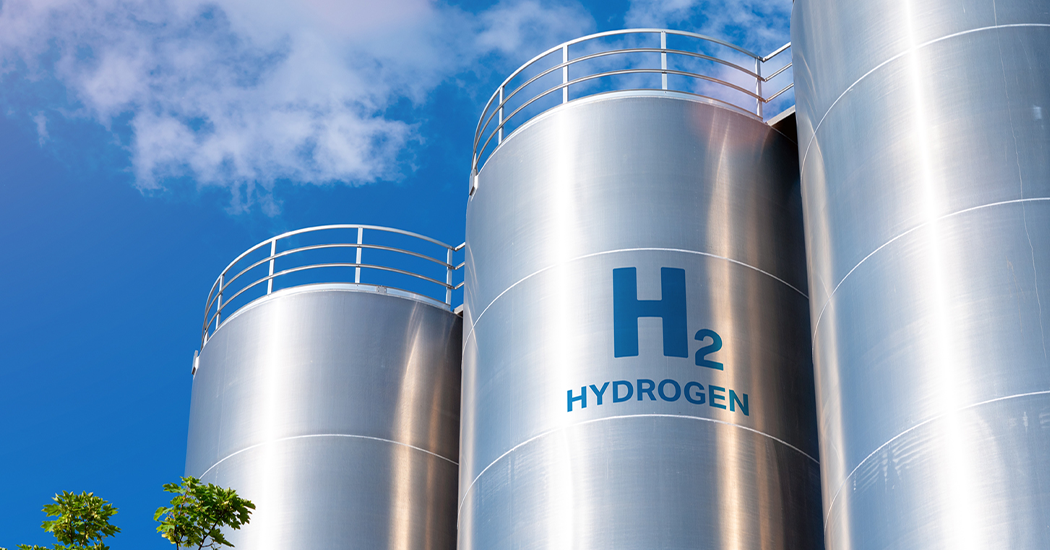Overcoming the challenges of scaling green hydrogen production for the future
Luigi Crolla, Head of Energy Transition Technologies at Kent, outlines ways the industry can overcome the scaling conundrum and use technology for a progressive energy transition.
Progression to a cleaner energy future will be driven principally by our relationship with energy consumption. As a society, we are addicted to energy, but we all know we need to change our reliance on fossil fuels and embrace greener solutions. In my opinion, technology will play a crucial role in our transition towards a cleaner energy future. As the UK launched its first Hydrogen Week recently, I have been reflecting on just what’s required to overcome the challenges of scaling the use of green hydrogen as a clean energy source.
So what barriers are holding back the scaling of green hydrogen?
For hydrogen to make a substantial impact on our clean energy goals, it must be adopted in industries where it is currently almost nonexistent, such as transportation, buildings, and power generation.
To make this a reality, there are several areas that need attention. Eliminating unnecessary regulatory barriers and harmonising standards is a must. We must work to address the investment risks of first-movers and accelerate the commercial demand for clean hydrogen. There is also an educational piece that needs to happen in order to explain the production capacity of electrolysis factories. These advancements, however, can only be achieved through advancements in technology throughout the value chain that touches every aspect of our daily lives.
If we consider the electrolysis process unit itself, alkaline and proton exchange membrane (PEM) electrolysers are commercially available, although they are still not competitive with conventional unabated fossil-based technologies. Solid oxide electrolyser cells (SOEC) are still under demonstration and anion exchange membrane (AEM) electrolysers are at the prototype level. Although not currently commercially available, these technologies are developing rapidly.

What are the key areas of innovation required to make green hydrogen production more viable?
I believe electrochemical splitting of water, fuel cells for aircrafts, and repurposing natural gas terminals and infrastructure for hydrogen are some of the things that will be at the forefront of green hydrogen production.
To allow hydrogen to make a real impact in eliminating fossil fuel emissions, these innovations will need to come together and consolidate the supply chain. Working to solve issues around deployment of this supply chain will be the most complex challenge that the innovators and engineers will encounter.
How is Kent helping to make this a reality?
Kent is taking on the challenge of green hydrogen production by working with established technology suppliers and exciting new start-ups to drive the delivery of large-scale hydrogen projects. We pride ourselves on staying on step ahead of technology advancements.
Final thoughts:
Consider this… If all cars were converted to run on green hydrogen, we would need approximately three hundred times the current annual output of green hydrogen. That gives some idea of the rate of change required. The challenge is significant, but with great innovators and engineers working together, it is achievable.





